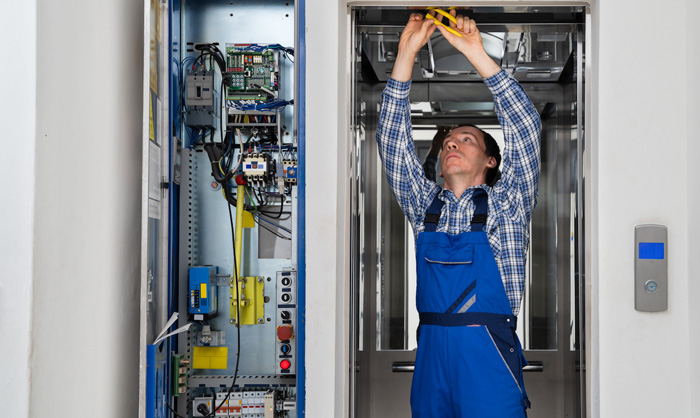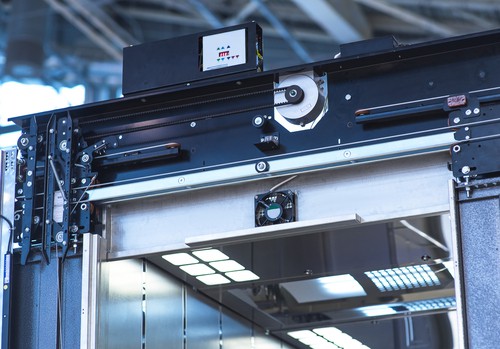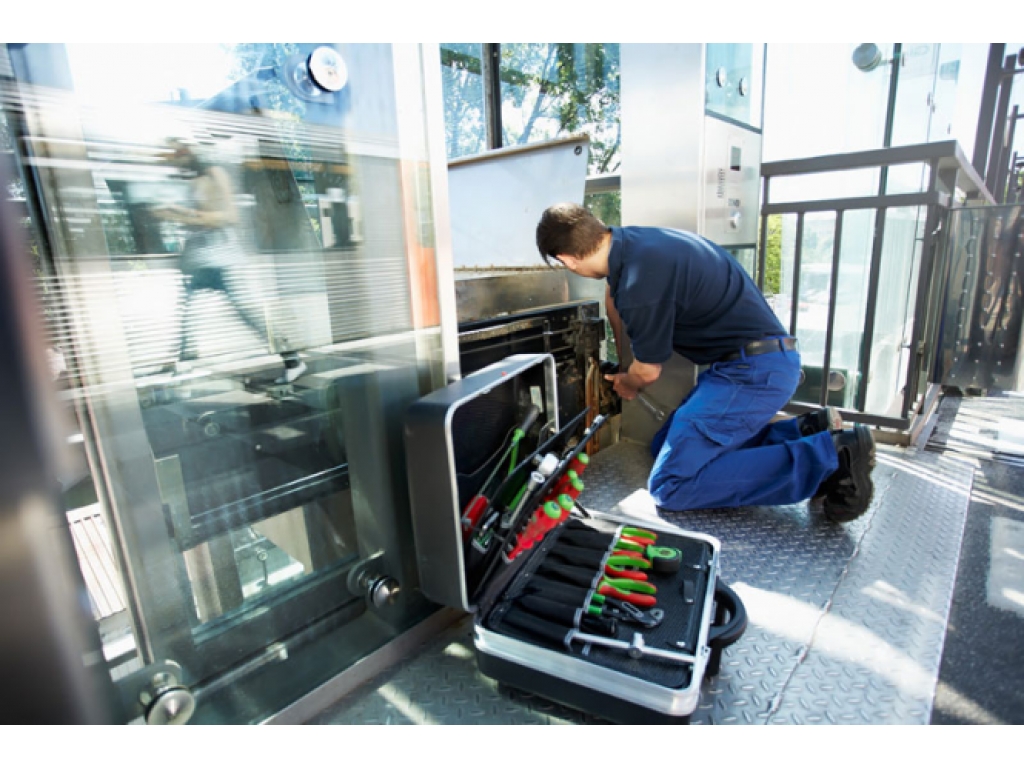Lift Maintenance Repair: Necessary Solutions for Ideal Lift Performance
Lift Maintenance Repair: Necessary Solutions for Ideal Lift Performance
Blog Article
Unlocking the Tricks to Efficient Lift Repairs: Professional Insights Disclosed
In the world of lift repair service and upkeep, discovering the techniques that lead to effective and reliable solution is comparable to understanding a complex challenge. As we get started on this journey to demystify the keys behind structured lift fixings, a globe of possibilities arises, assuring a future where downtime is lessened, security is focused on, and functional excellence ends up being the norm.
Common Lift Fixing Challenges

An additional prevalent obstacle in lift repair services is the lack of correct upkeep documents. Without accurate upkeep documents, repair specialists may have a hard time to diagnose issues properly or prepare for possible problems. This can lead to longer repair service times and enhanced prices as technicians function to troubleshoot problems without historical data to direct them.
In addition, access issues within lift shafts can pose substantial challenges throughout repair work. Restricted space, awkward angles, and complicated machinery can make it tough for service technicians to get to the essential elements for fixing job, lengthening the general repair service procedure - Lift Maintenance Repair. By addressing these typical challenges proactively, lift repair professionals can improve functional performance and ensure the smooth functioning of upright transportation systems
Proactive Upkeep Strategies
Implementing aggressive maintenance approaches is critical for guaranteeing the long life and optimal performance of lift systems. By taking on a proactive method to upkeep, structure supervisors and lift upkeep groups can resolve possible problems prior to they intensify right into expensive repair services or downtime. One effective technique is to develop a routine upkeep timetable that includes complete examinations, lubrication of relocating components, and screening of safety features.

Moreover, investing in training programs for upkeep personnel can enhance their skills in identifying possible issues and carrying out preventive upkeep tasks successfully - Lift Maintenance Repair. By encouraging upkeep teams with the expertise and devices required to proactively keep lift systems, building owners can minimize disturbances, prolong the life-span of their lifts, and guarantee a trustworthy and secure upright transport experience for owners
Troubleshooting Methods
Reliable fixing techniques are crucial for without delay identifying and solving concerns with lift systems to lessen downtime and ensure optimal performance. One effective strategy is to start with an extensive visual assessment of the lift parts, examining for any type of visible indicators of misalignment, wear, or damages.

Enhancing Repair Service Skills
Enhancing efficiency in lift system repair services is a fundamental element of ensuring optimum performance and reducing operational disruptions. Lift professionals should constantly work with refining their repair abilities to fulfill the needs of modern-day lift systems. One essential approach for boosting repair work abilities is routine training sessions that concentrate on both theoretical knowledge and sensible application. These sessions can cover a variety of topics such as new innovations in the sector, troubleshooting complex issues, and safety and security procedures. Additionally, service technicians can take advantage of hands-on experience under the guidance of seasoned specialists to enhance their problem-solving capabilities and decision-making skills in real-time fixing circumstances.
Furthermore, remaining upgraded with the current advancements in lift innovation is crucial for specialists seeking to improve their fixing skills. This includes actively inquiring regarding new elements, software application updates, and upkeep techniques to efficiently detect and fix problems. By spending effort and time into continual discovering and practical experience, elevator specialists can considerably boost their fixing competencies and add to the efficient functioning of lift systems.
Raising Upkeep Criteria
Raising maintenance standards in lift systems is critical for making certain prolonged operational effectiveness and safety. Normal upkeep not only boosts the efficiency of lift systems but additionally reduces the risk of unexpected breakdowns and makes sure the security of users. By sticking to strict maintenance protocols, lift owners and operators can dramatically lower the likelihood of expensive repairs and downtime.
Executing a comprehensive upkeep schedule that includes regular inspections, lubrication of relocating parts, and positive substitute of worn components is important. Using advanced modern technologies like IoT sensing units and predictive upkeep software program can help in checking the lift's problem in real-time, making it possible for prompt treatments before problems rise. In addition, offering constant training for upkeep personnel on the newest market criteria and ideal methods is vital for supporting maintenance quality.
Moreover, promoting a culture of accountability and attention to information Visit Your URL among upkeep teams can better raise maintenance requirements. Motivating open communication channels for resolving and reporting maintenance problems immediately can assist in maintaining a high level of lift system integrity. Inevitably, by boosting and prioritizing upkeep requirements, lift systems can operate efficiently and safely for an extended duration.
Conclusion
To conclude, effective lift repair services need aggressive upkeep techniques, troubleshooting methods, and enhanced fixing skills. By elevating and site link resolving usual obstacles maintenance requirements, upkeep experts can efficiently make sure the smooth procedure of lifts - Lift Maintenance Repair. Carrying out these expert understandings can result in enhanced effectiveness, minimized downtime, and enhanced safety for both passengers and tools
In the realm of lift repair work and upkeep, revealing the approaches that lead to efficient and efficient solution is similar to decoding a complicated puzzle.An additional common challenge in lift fixings is the absence of proper upkeep documents. By embracing a proactive strategy to upkeep, building managers and lift maintenance teams can resolve prospective issues prior to they escalate right into costly fixings or downtime.In final thought, reliable lift repair services require positive upkeep methods, troubleshooting methods, and enhanced repair service skills. By attending to common difficulties and elevating maintenance requirements, upkeep professionals can successfully ensure the smooth go to this web-site operation of lifts.
Report this page